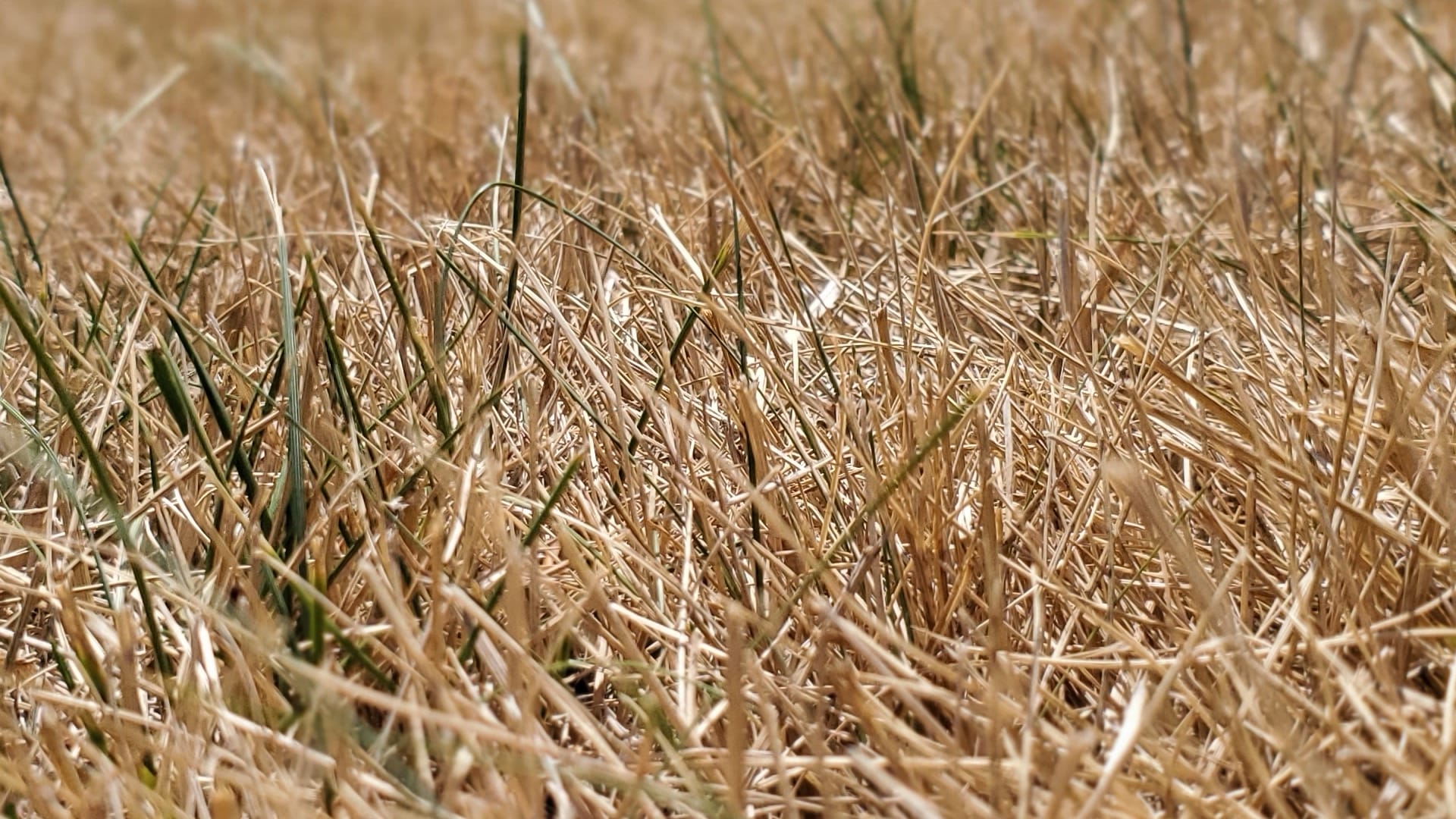Recent rains temporarily ease drought in central Indiana
After a challenging late summer, recent rainfall has brought some relief to Indianapolis and much of Central Indiana, reducing drought conditions. At the peak of the dry spell, the region faced moderate to even extreme drought in some areas, severely affecting crops, water sources, and ecosystems. However, last weekend’s rains have improved conditions, with the majority of the state now considered drought-free. Northern Indiana remains the exception, as parts of the region still experience light drought due to less rainfall.

While the recent rainfall is welcome news, the forecast suggests that dry conditions may return. Over the next seven days, rain will be scarce across the state, and this could lead to the resurgence of drought conditions. The temperatures, fortunately, will remain cooler than those during the late summer, slowing the drying process. Despite this, experts expect drought conditions to make a comeback in many areas of the state as the ground continues to dry out.

Drought in early fall has several key impacts. Lawns and gardens may start to show signs of stress again, and water conservation efforts will need to ramp up. The dry weather can also affect local agriculture, delaying crop growth and limiting yields. On the brighter side, cooler temperatures may help mitigate some of the heat stress experienced earlier in the season.
For those looking to help mitigate drought effects, watering plants during early morning hours and conserving water around the house can be beneficial. Limiting unnecessary outdoor watering and practicing efficient irrigation can help prevent water waste. While the short-term relief from drought is positive, ongoing dry weather will be a concern moving forward.

As we move through fall, it’s important to stay vigilant about water conservation and the potential return of drought. Keeping an eye on upcoming weather patterns will be crucial, as even brief dry periods can have lasting impacts on local ecosystems, agriculture, and water supplies. Community-wide efforts to conserve resources can help mitigate the strain of future drought conditions, allowing the region to better prepare for what lies ahead.

